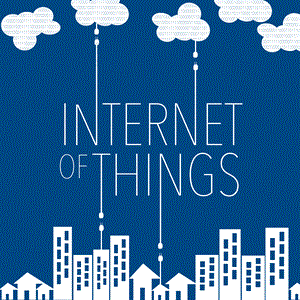
The ‘Internet of Things’ (IoT) will definitely go down as one of the ‘buzz’ topics of 2015. Global business is rapidly realizing the importance and usefulness of data collection and increased connectivity across the myriad of physical objects present in our daily lives. However, we are only just skimming the surface of IoT’s potential reach in optimizing our lives and business competitiveness. Procurement professionals are now asking, in a world of increasingly globalized supply chains; What can the IoT do for MY business?
Firstly, what does the ‘Internet of Things’ even mean? The term, originally coined by British RFID entrepreneur Kevin Aston, describes the potential for interconnectivity and data exchange across existing network infrastructure between almost all physical objects through the embedding of software and sensors. Internet connectivity is getting faster and cheaper and, combined with the increased affordability and performance of sensor technology, Cisco Internet Business Solutions Group estimates that, by 2020, the IoT will consist of more than 50 billion objects (over 6 for every person on the earth). The capability has already hugely augmented product and service performance across numerous industries; from artificial heart valves that collect and relay patients vital statistics, selective irrigation of dry crop zones and the monitoring of vibrations and material conditions in buildings, bridges and historical monuments, to name just a few.
The IoT revolution has specific opportunities and implications for global supply chain management. With logistics and supplier networks increasing in complexity as companies compete to find the cheapest quality sources worldwide, the revolution is extremely timely.
Item location and product tracking
The development of ERP software has aided companies tremendously in recording inventory levels and locations, but before RFID and IoT came along, inventory management was still a very inexact science. With inexpensive tracking technology, companies can know the reality, not just the theory, of where their entire inventory is located at any one time. This drastically reduces uncertainly in stock level and location, allowing for a reduction in ‘safety/buffer’ stock that flows directly to the bottom line, in addition to immediate, real-time feedback on supplier and logistic performance.
Shipment and storage condition monitoring
Particularly for perishable goods, transit and storage condition is paramount in the successful delivery of a quality product. The exploitation of sensor connectivity to closely monitor environmental conditions not only provides an endless level of real-time, accurate data, but proves significantly cheaper to logistics companies than the traditional, more manual methods of environmental control. External factor monitoring would also permit tracking of weather and travel patterns, optimizing transit routes.
Product condition evaluation
According to a study by the University of Florida, inventory ‘shrinkage’ translates to an annual loss of over $35 billion annually in the US retail sector alone. The UN Food and Agriculture Organization states that a staggering one third of food supplies perish in transit every year. Transit damage and perishing are dominant factors in inventory loss, and again the IoT can prove invaluable in preventing a large proportion of this damage through real-time condition monitoring, critical for a fast response and correction. This is an especially valuable tool to have during a major supply chain disruption or natural disaster.
These are just a few examples of the huge competitive impact that the IoT is having on supply chain management. The speed of which companies exploit these technologies is set to be a key differentiator in 2016 and beyond.
